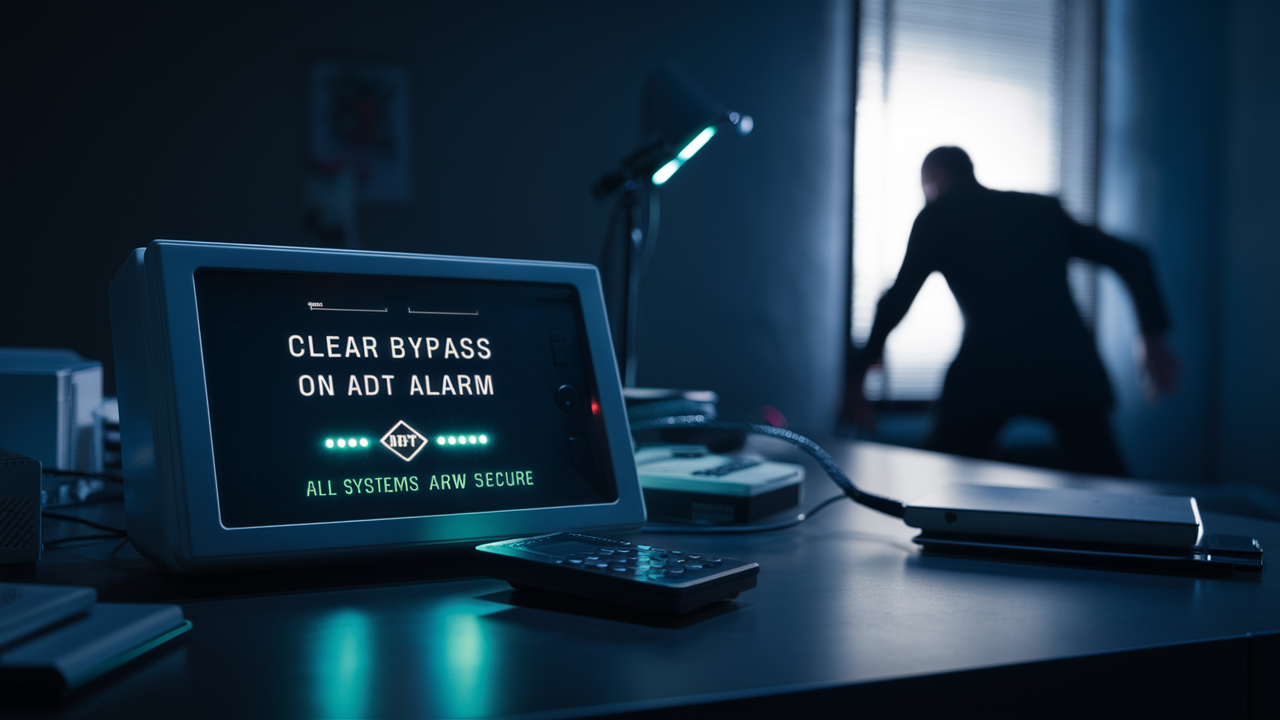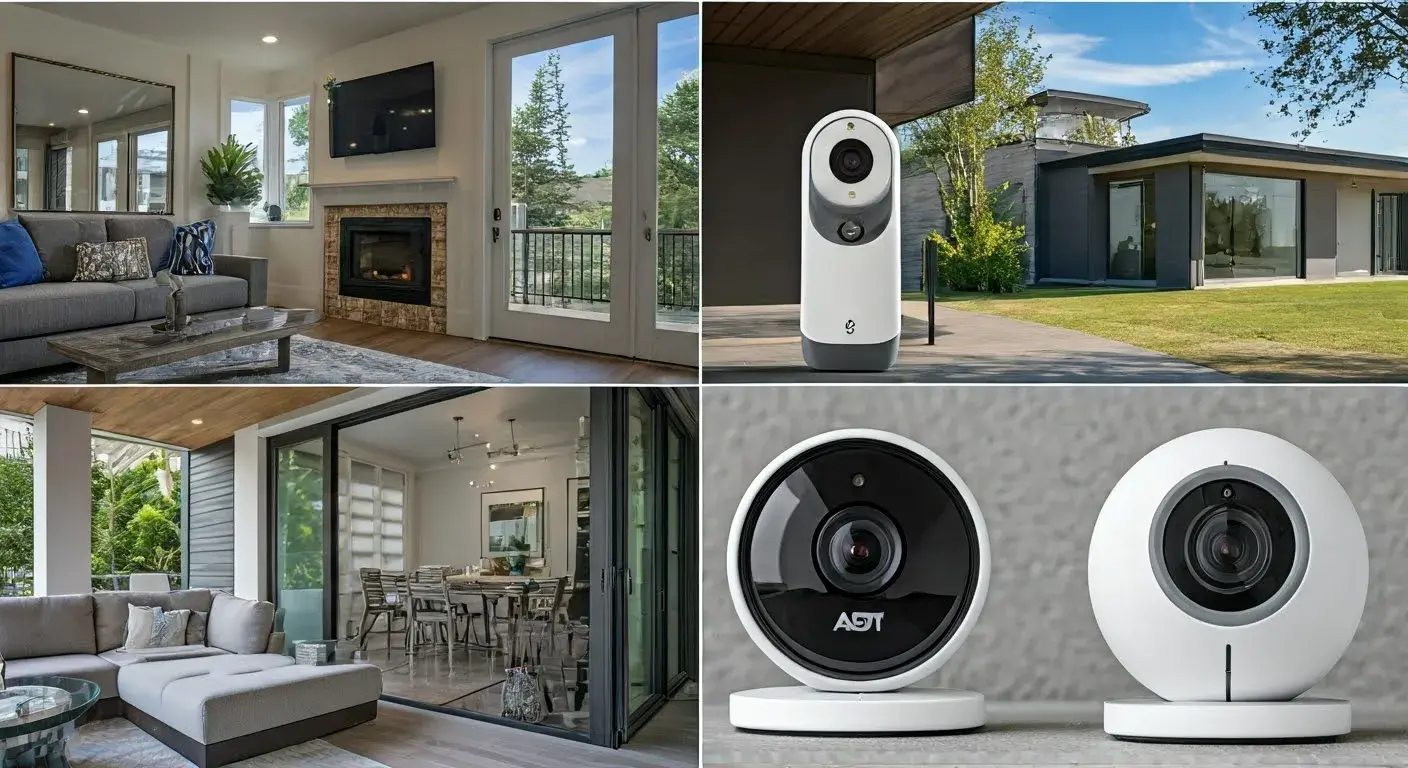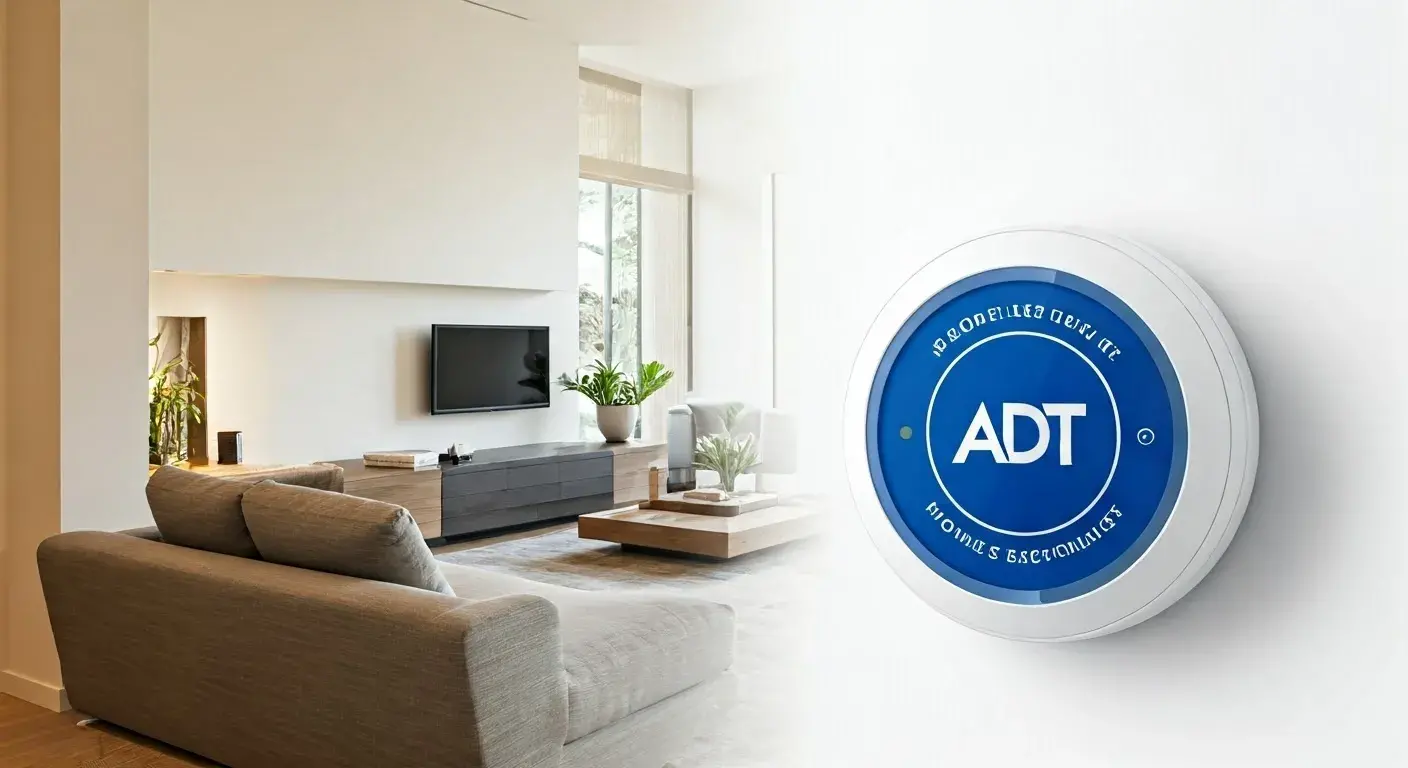You are here: Home Security Systems / ADT Alarm Systems Explained ADT has been in business for many years offering security services for residential and commercial properties through monitored alarm systems. It is worth mentioning that their systems are specifically meant to alert one about intrusion, fire, carbon monoxide, and so forth. A central aspect of ADT alarm systems comprises the option of exclusion of specific sensors during the arming of the alarm. It enables you to navigate through some sections of your home and not trigger the alarm. However, when you do not want to have the bypass active anymore, there are correct ways of doing it. Well, in this article, I will guide you through the process, offering step-by-step instructions.
What is a Bypass?
A bypass is an action that you can take on purpose to make one or more sensors in an ADT alarm system become non-functional. For instance, if there is a need to walk through a hallway that has a motion light installed while the system is on, it is advisable to avoid triggering the light. If there was no bypass, then sliding the door of the hallway, the alarm would be triggered. Some of the other familiar bypass uses include instances where you have people residing in some of the rooms, or where you are likely to paint or make some repairs.
Why Clear Bypasses?
The use of bypasses is significant when they are no longer required or needed to be active. An active bypass deactivates these sensors which would otherwise be set to armed when the system is on. This leaves your home with weaknesses in protecting it from intruders or any kind of danger. Furthermore, ADT systems are programmed to signal the need for bypass clearing within 12 hours. If these keypads are not cleared correctly the screen will be full of error messages.
Preparing to Clear Bypasses Ignition disablement should only be done when the alarm is turned off. It can only be cleared when it is not armed, as I found out. The specifics on how to disarm your system depend on the type of ADT that you have but the usual procedure is the use of the passcode. In case you have forgotten the code, do not panic, you need to call ADT customer support so that you can get help.
Finally, go around the house and see whether there are any active sensor bypasses. Some of the conventional sensors that are often neglected include motion detectors, door and window contacts, glass break detectors, flood sensors, and so on. A list of all sensors will be presented on the keypad showing which ones are currently bypassed from the main menu.
Clearing All Active Bypasses That being the case if you have neutralized the system and have identified active bypass sensors you are now ready to clear those bypasses. The fastest is to remove all current active bypasses which can be done in a few minutes with a click of buttons.
Here are the step-by-step instructions:
- Pull out the numeric keypad located under the equipment and insert your 4-digit master passcode.
- Press the "Bypass" button. Doing this will bring you to the Bypass menu.
- Turn off the unit or select Clear Bypasses on the unit’s interface.
- Press your passcode again. This corroborates the clearance of all the dynamic bypasses all at once.
That's it! It shall also clear all previous sensor bypasses. In any case, when bypasses have been set, you can repeat this process as many times as needed.
Clearing Individual Bypasses Alternatively, ADT systems allow clearing bypasses one sensor area at a time:
- Enter the master passcode on the keypad.
- If the Bypass option is not accessible, press the Bypass button to get to the Bypass menu.
- Select which zones/areas should show the sensors that have been bypassed in the present.
- Choose the particular sensor where the bypass option is needed and proceed with the clearing process.
- Select the option from the menu that is “Turn Off Bypass”.
- Please, input your main passcode 4-digit once more for verification.
- Continue this for any other person whom other individual sensors bypasses require to be cleared.
It does this to allow control over individual bypasses instead of eliminating all of them at once. It is also useful if you wish to leave some less severe sensor workarounds activated while forcing others back to their default state.
Clearing Bypass Recommendations and Precautions Here are some additional tips when clearing ADT alarm bypasses:
- The user should be prepared to type the master passcode more than once. This means that there is always somebody who intentionally makes sure to clear bypasses.
- Early clearing begins tracking sensors again which is dangerous because it may lead to false alarms.
- Delaying clearing may lead to despotic error messages that call for bypass resetting.
- In case there is any doubt regarding bypass status, use ‘clear all’ to restore sensors to the default armed position.
- Check individually all the sensors after making sure that bypass has been cleared completely, to ensure that they are working as they should again.
In Conclusion, It is advantageous to be able to temporarily block ADT alarm sensors but good security practices entail minimizing the time for which the bypass is to occur and ensuring that the bypass is cleared as soon as the action is done. Please remember also to fully disarm your system before clearing bypass and also to set any movement that may be detected by your system sensors. This helps maintain your home protection and prevents any confusion or the setting off of alarms when you don’t intend to. Adherence to the above formula accomplishes the objective of guaranteeing the optimal protection of ADT security through daily compliance with the above bypass clearing instructions.
Protect your home today with ADT’s top-rated security solutions!
Call now at +1 877-470-7879 to get a free consultation and find out how you can secure your home with the best in the business. Don’t wait—ensure your peace of mind with ADT!






